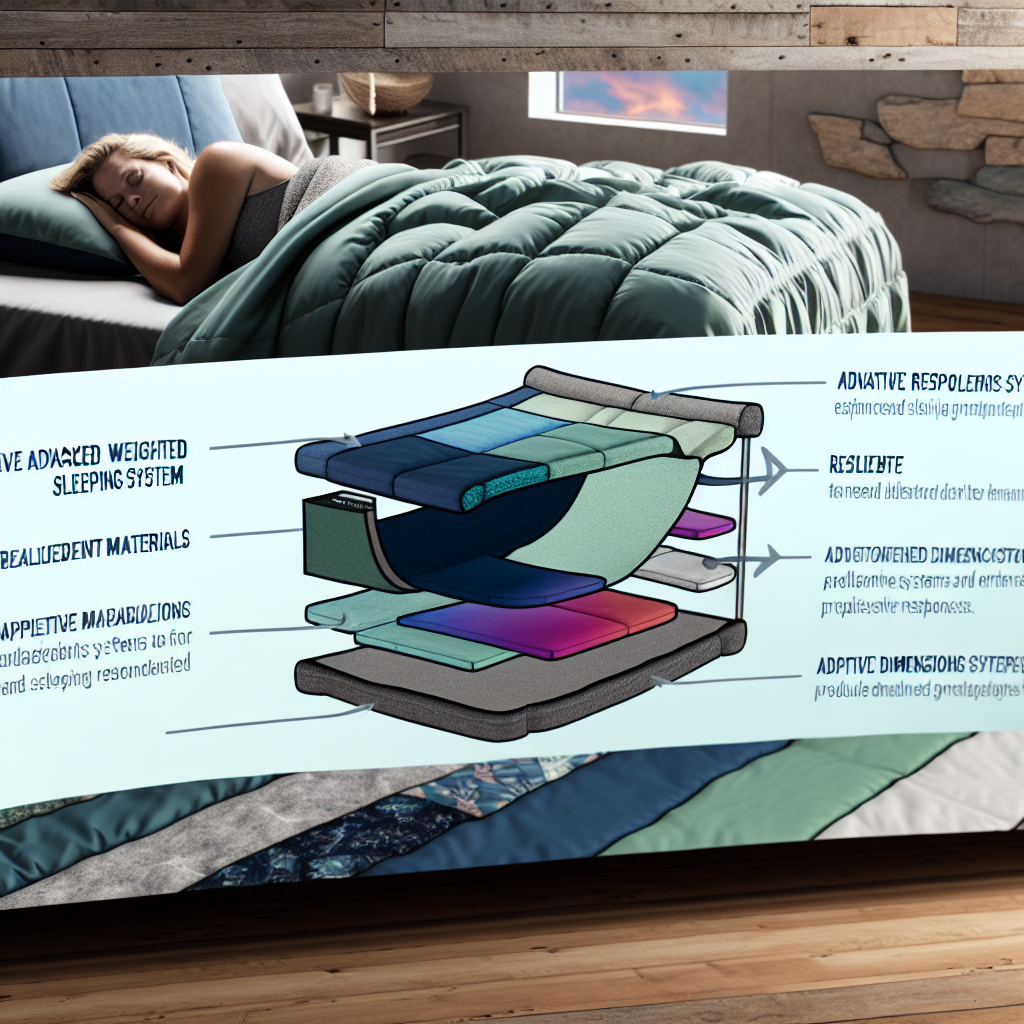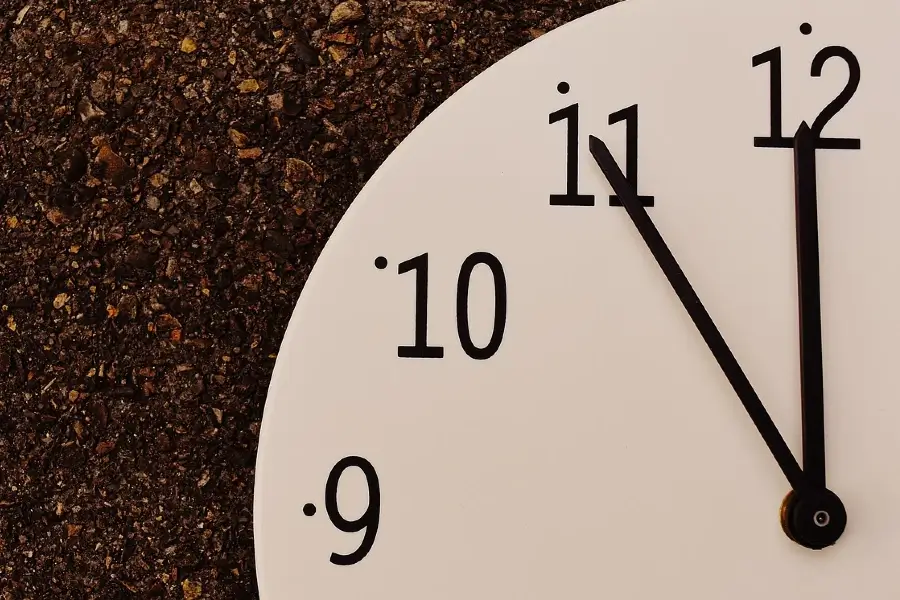# Mouth Taping for Sleep Apnea: Medical Evidence and Safety Guidelines
Mouth Taping for Sleep Apnea: Medical Evidence and Safety Guidelines
Introduction: Could Mouth Taping Be the Simple Fix for Better Sleep?
Sleep apnea is a common but serious sleep disorder that affects millions of people globally. Characterized by repeated interruptions in breathing during sleep—known as apneas—this condition can lead to poor sleep quality, daytime fatigue, and increased risk of chronic conditions such as hypertension, heart disease, and diabetes.
One of the most well-known forms is obstructive sleep apnea (OSA), which occurs when the muscles in the throat relax excessively during sleep, blocking the airway. Many people with sleep apnea also suffer from mouth breathing during sleep, which can exacerbate their symptoms and negatively impact their sleep hygiene.
In recent years, mouth taping has emerged as a trending intervention for improving nasal breathing during sleep and potentially alleviating certain symptoms of sleep-disordered breathing, including those related to mild forms of sleep apnea. This practice involves placing a specialized, breathable tape over the lips to encourage nasal breathing by keeping the mouth closed throughout the night.
Proponents of mouth taping suggest that this technique improves oxygen intake, reduces snoring, supports oral health, and encourages more restorative sleep patterns.
Mouth breathing at night can cause dry mouth, sore throat, bad breath, and even worsen sleep apnea symptoms due to airway collapse. Breathing through the nose, conversely, offers numerous physiological benefits. The nasal passages filter allergens and dust, humidify inhaled air, and produce nitric oxide—a molecule that aids in oxygen circulation and reduces inflammation.
Encouraging nasal breathing with mouth taping can potentially support these natural processes, leading to better sleep quality and improved overall health.
However, the use of mouth tape—especially in individuals with moderate to severe sleep apnea—raises safety concerns. The core issue is whether it is a medically viable and safe option for managing sleep apnea or if it poses additional risks by restricting airflow when nasal passages are congested.
Understanding the science, benefits, and potential risks involved is crucial before using mouth taping as a sleep aid.
This article explores the current medical evidence surrounding mouth taping for sleep apnea, evaluates its safety, and outlines professional guidelines to help users make informed decisions about this emerging sleep wellness practice.
What the Science Says: Medical Studies and Professional Opinion on Mouth Taping
While mouth taping is not a standard medical treatment for obstructive sleep apnea, recent studies and anecdotal evidence suggest it may have a role in improving sleep quality in select individuals.
One 2022 randomized controlled trial published in the Journal of Clinical Sleep Medicine investigated the efficacy of mouth taping in individuals with mild obstructive sleep apnea who were habitual mouth breathers at night. The study found that participants who used mouth tape for 14 consecutive nights experienced reduced snoring and improved oxygen saturation levels, suggesting that enforced nasal breathing could minimize airway obstructions during sleep.
Another small-scale 2019 study in Medical Hypotheses proposed the concept that nasal breathing supports optimal tongue position and airway patency, both critical in preventing airway collapse. By keeping the mouth shut with tape, the tongue is more likely to rest against the roof of the mouth, reducing the risk of upper airway obstruction—a key factor in OSA.
Additionally, mouth taping has gained attention through the lens of breathwork research. James Nestor’s 2020 bestselling book Breath: The New Science of a Lost Art highlighted how research at Stanford involving mouth breathing versus nasal breathing demonstrated significant differences in sleep quality, cognitive function, and athletic performance. Mouth taping, in this context, was used as a practical tool to enforce nasal breathing in sleep studies.
Expert Warnings: Who Should Avoid Mouth Taping?
Despite these promising findings, it is essential to clarify that mouth taping is not recommended as a standalone treatment for moderate to severe sleep apnea.
According to the American Academy of Sleep Medicine (AASM), continuous positive airway pressure (CPAP) therapy remains the gold standard. However, for individuals with mild sleep apnea, primary snoring, or those seeking lifestyle interventions alongside approved treatment options, mouth taping may offer adjunctive benefits.
It’s also crucial to emphasize that mouth taping should never be attempted by individuals with nasal obstruction—such as from allergies, a deviated septum, or chronic sinusitis—or those with diagnosed moderate/severe OSA unless approved by a healthcare provider. Nasal airway evaluation should always precede the use of mouth tape to ensure it does not compromise breathing during sleep.
Stay Safe: Choosing the Right Mouth Tape and Using It Correctly
From a safety and efficacy standpoint, the tapes used should be hypoallergenic, medically safe, and breathable. Products designed specifically for mouth taping—such as Somnifix or MyoTape—are often recommended over household substitutes like duct tape or surgical tape, which can irritate the skin or pose a choking hazard.
Proper tape selection reduces the risk of skin irritation, suffocation, or emergency complications and ensures that the tape can be safely removed if discomfort occurs throughout the night. Always follow manufacturer guidelines and begin with short trial periods under supervision until comfortable.
Final Thoughts: Is Mouth Taping the Next Frontier in Sleep Wellness?
Mouth taping has gained momentum as an alternative strategy to encourage nasal breathing during sleep, with preliminary studies supporting its potential benefits for individuals with mild sleep apnea or nocturnal mouth breathing habits.
The technique may enhance sleep quality, reduce snoring, and promote the physiological advantages of nasal respiration. However, it is not a cure nor a replacement for medically recognized treatments such as CPAP therapy, particularly in individuals with moderate to severe sleep apnea.
Safety remains a primary concern; therefore, anyone considering mouth taping should undergo a nasal airway assessment and consult with their healthcare provider or sleep specialist before implementation.
While the practice may not be universally suitable, under the right conditions and medical supervision, mouth taping can be a simple, low-cost adjunctive tool to support better sleep health. As with any health intervention, evidence-driven decisions and personalized approaches remain key to maximizing its effectiveness and safety.
**Summary:** Mouth taping is a trending intervention for improving nasal breathing and potentially alleviating certain symptoms of mild sleep apnea. However, it is not recommended as a standalone treatment for moderate to severe sleep apnea and should be used with caution, under medical supervision, and after a thorough nasal airway evaluation. Choosing the right breathable tape and using it correctly are essential for safety and efficacy.
**References:**
1. [Journal of Clinical Sleep Medicine: Efficacy of Mouth Taping for Mild Obstructive Sleep Apnea](https://jcsm.aasm.org/doi/10.5664/jcsm.9894)
2. [Medical Hypotheses: Role of Nasal Breathing and Oral Posture in Sleep Disordered Breathing](https://www.sciencedirect.com/science/article/abs/pii/S0306987718314170)
3. [American Academy of Sleep Medicine – CPAP Therapy](https://aasm.org/resources/factsheets/cpap.pdf)
4. [Stanford Sleep Study – Effects of Nasal vs. Mouth Breathing](https://www.mrjamesnestor.com/breath)
5. [Somnifix: What is Mouth Taping and Is It Safe?](https://somnifix.com/blogs/snews/what-is-mouth-taping-and-is-it-safe)
6. [Mayo Clinic – Sleep Apnea Symptoms and Treatment](https://www.mayoclinic.org/diseases-conditions/sleep-apnea/symptoms-causes/syc-20377631)

Dominic E. is a passionate filmmaker navigating the exciting intersection of art and science. By day, he delves into the complexities of the human body as a full-time medical writer, meticulously translating intricate medical concepts into accessible and engaging narratives. By night, he explores the boundless realm of cinematic storytelling, crafting narratives that evoke emotion and challenge perspectives.
Film Student and Full-time Medical Writer for ContentVendor.com


